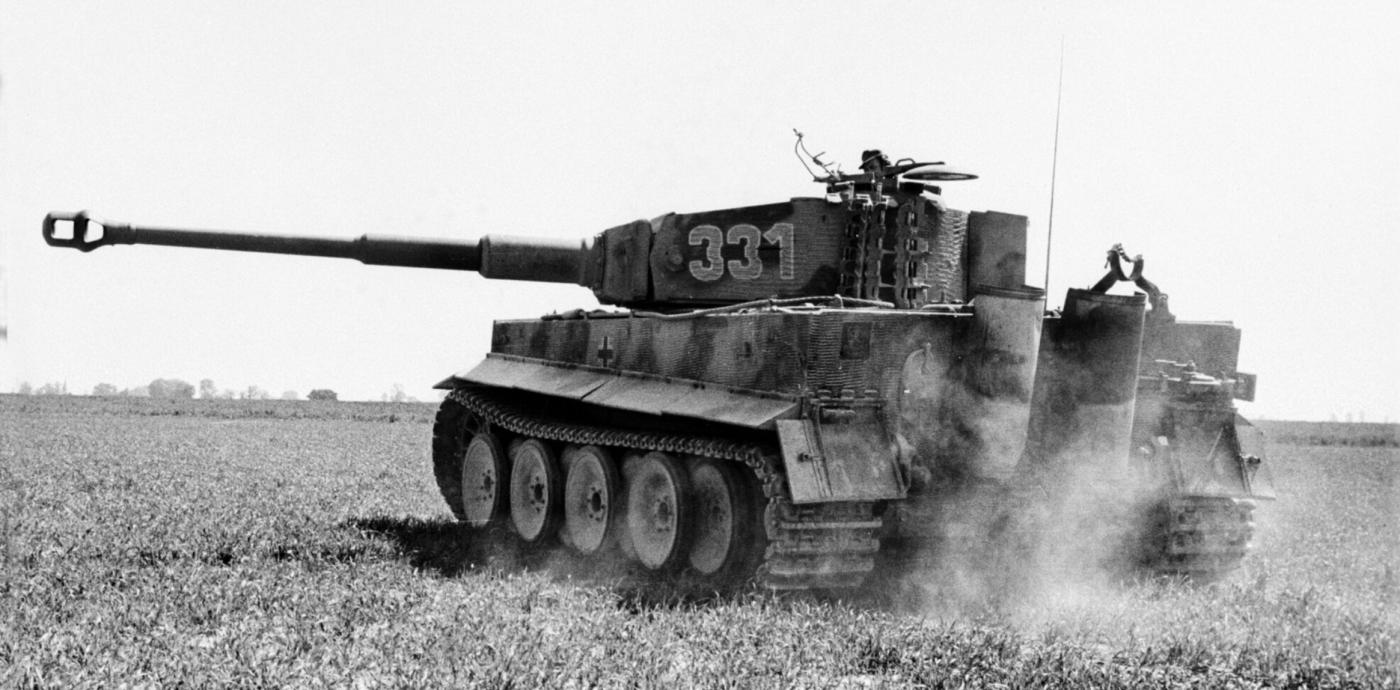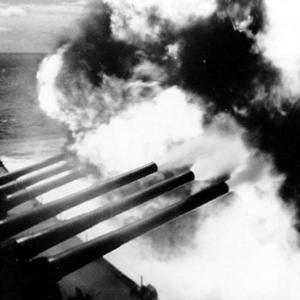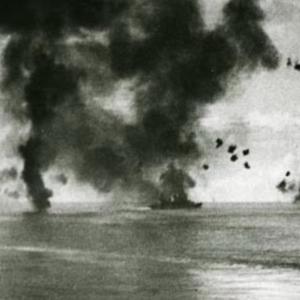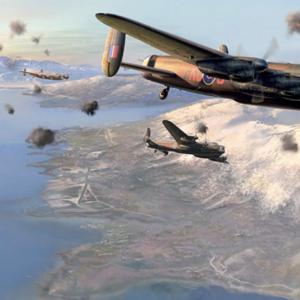
Wafer SS Panzer division
In 1944, during the Allied invasion of Normandy (D-Day), Waffen-SS Panzer units were among the most feared and formidable German forces confronting the invading armies. These units were critical to Germany’s defense strategy, tasked with halting the Allied advance and launching counterattacks.
The most prominent Waffen-SS Panzer divisions in Normandy included the 1st SS Panzer Division "Leibstandarte SS Adolf Hitler" (LSSAH), the 2nd SS Panzer Division "Das Reich," and the 12th SS Panzer Division "Hitlerjugend." These divisions were well-equipped with some of the best German tanks of the war, including the Panzer IV, Panther, and Tiger tanks.
- Panzer IV: The Panzer IV was the backbone of many German armored units. It typically had a crew of five — a commander, gunner, loader, driver, and radio operator/bow machine gunner. Armed with a long-barreled 75mm gun (in later variants), it was versatile and reliable but increasingly outmatched by newer Allied tanks by 1944.
- Panther (Panzer V): Introduced to counter Soviet T-34s, the Panther was a highly advanced medium tank with sloped armor and a powerful 75mm high-velocity gun. It also had a crew of five (commander, gunner, loader, driver, and radio operator). The Panther was faster and better armored than the Panzer IV and posed a significant threat to Allied armor.
- Tiger I: The Tiger was a heavy tank known for its thick armor and powerful 88mm gun, which could destroy most Allied tanks at long range. It had a crew of five (commander, gunner, loader, driver, and radio operator). Tigers were fewer in number but were highly feared for their firepower and survivability.
Each Waffen-SS Panzer division fielded several battalions combining these tanks with mechanized infantry, artillery, reconnaissance units, and engineers, totaling between 15,000 and 20,000 men per division. This structure made them highly mobile and capable of coordinated, combined arms warfare.
These Waffen-SS Panzer units were feared due to their elite status, rigorous training, and ideological motivation. Their superior tactics and aggressive use of combined arms often caught Allied forces off guard. The psychological impact of facing these disciplined and determined troops added to their battlefield reputation.
The soldiers were primarily German volunteers selected for fitness and ideological commitment. Commanders like Sepp Dietrich (LSSAH) and Kurt Meyer (12th SS Hitlerjugend) led these formations with aggressive and tenacious leadership.
During the Normandy campaign, Waffen-SS Panzer divisions launched multiple fierce counterattacks against the Allied beachheads. Despite challenges such as Allied air superiority and logistical constraints, they delayed the Allied advance and inflicted significant casualties.










